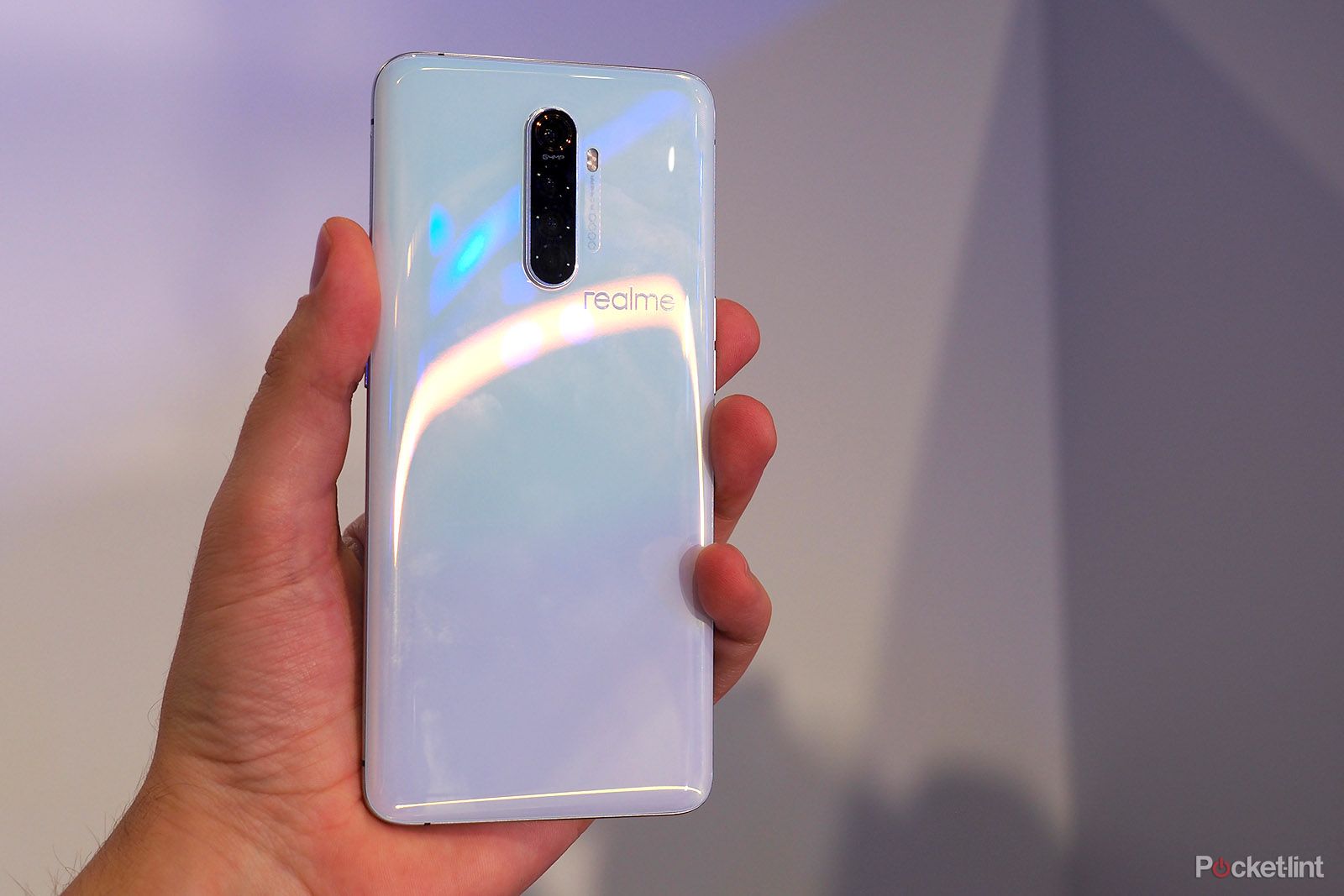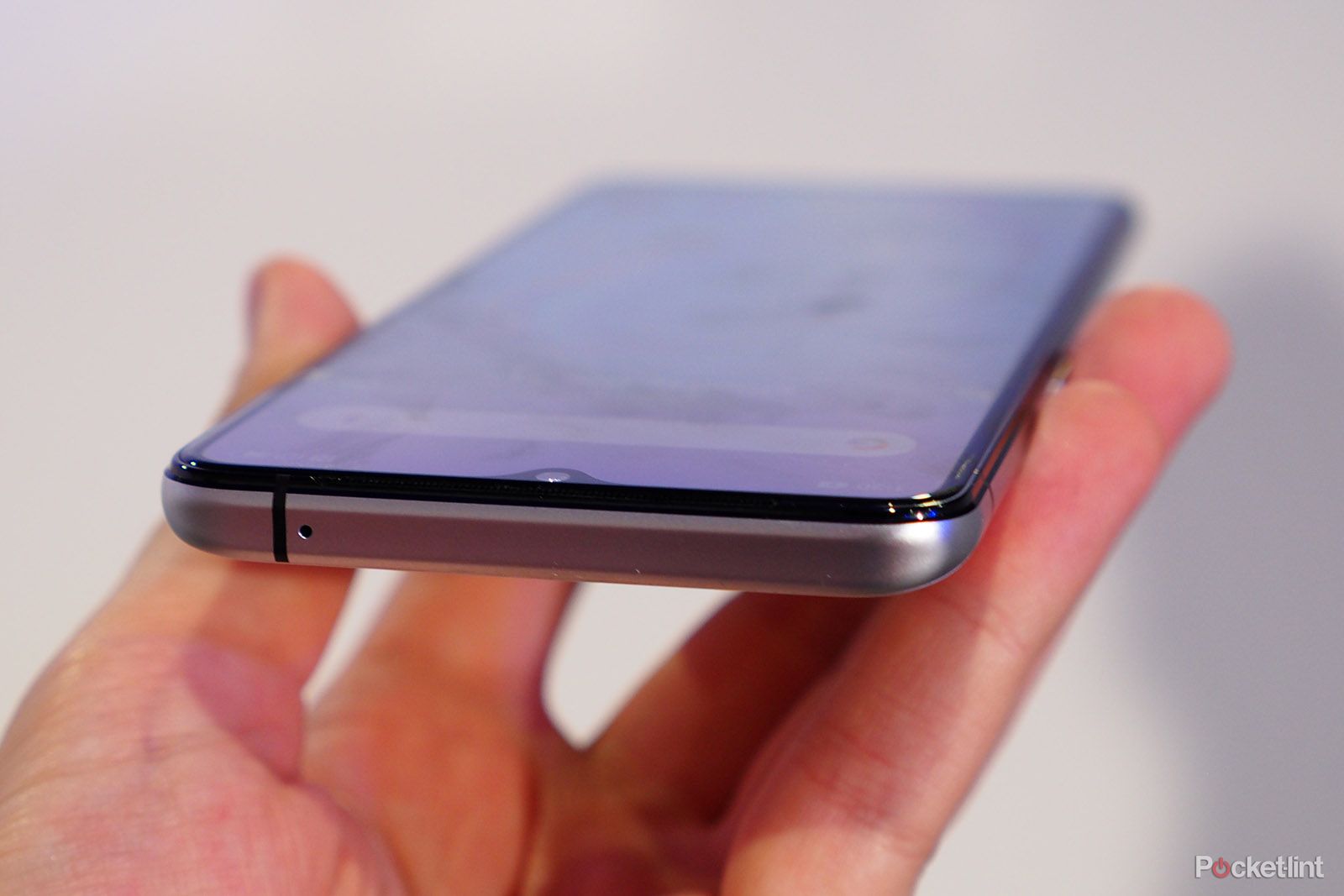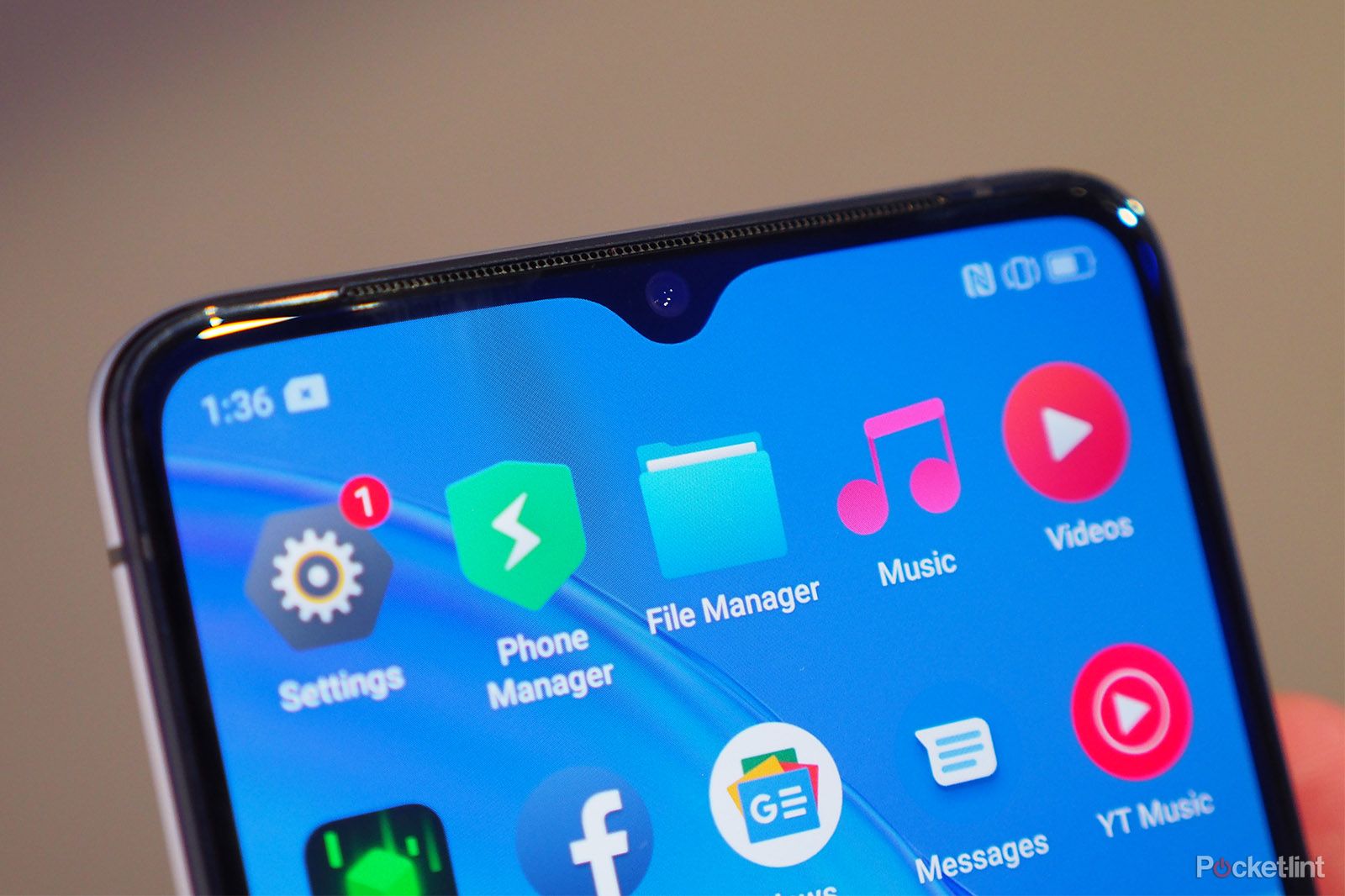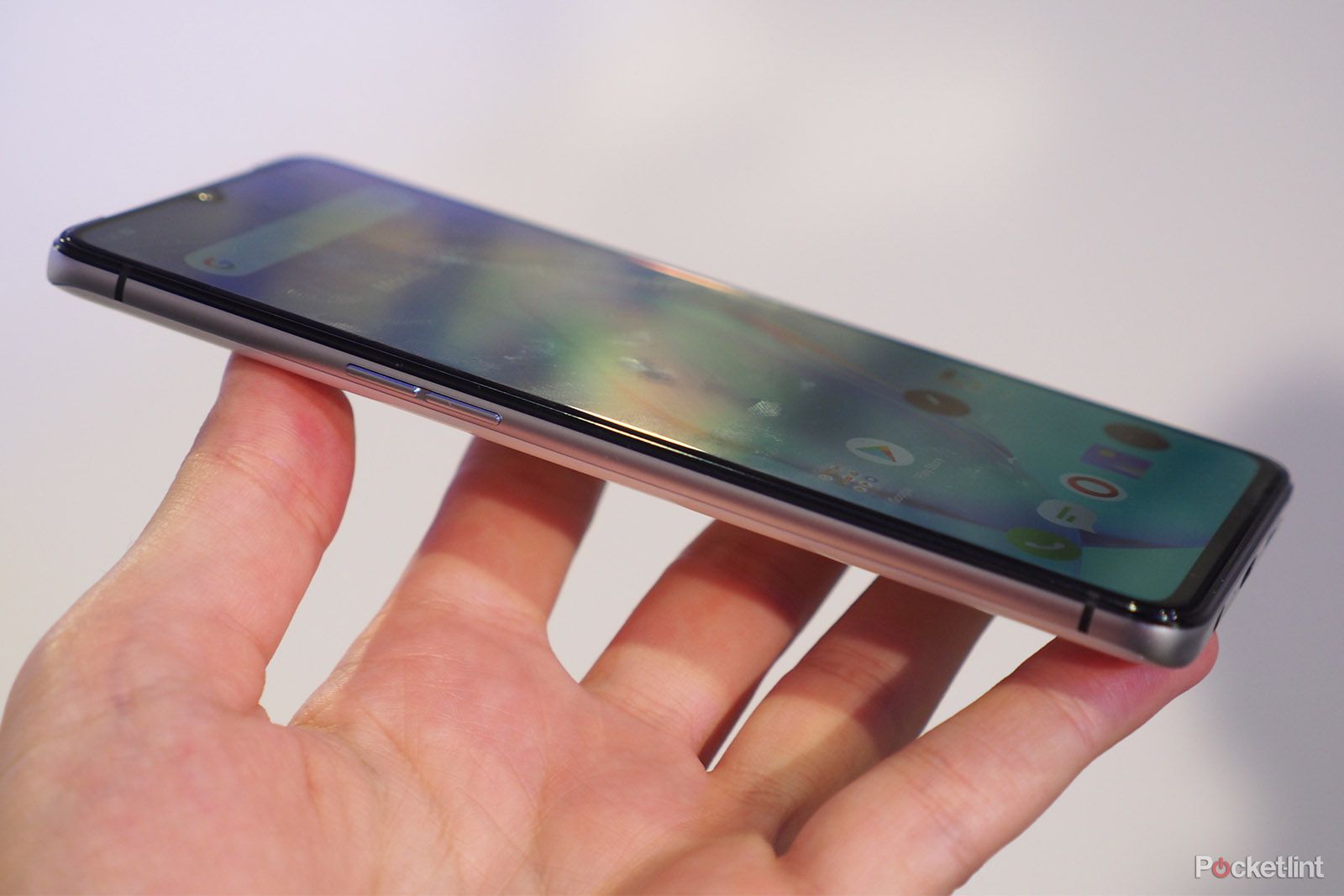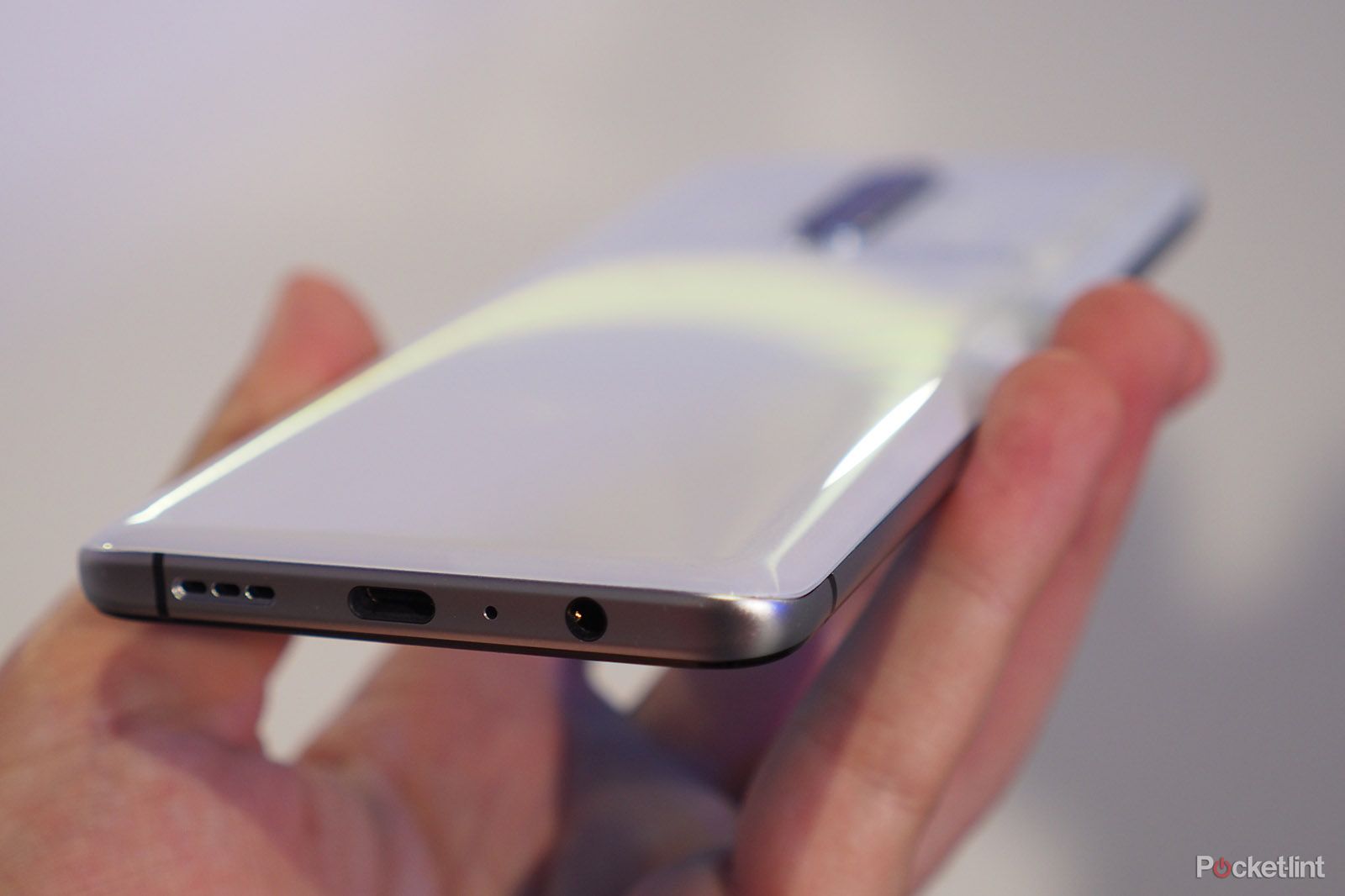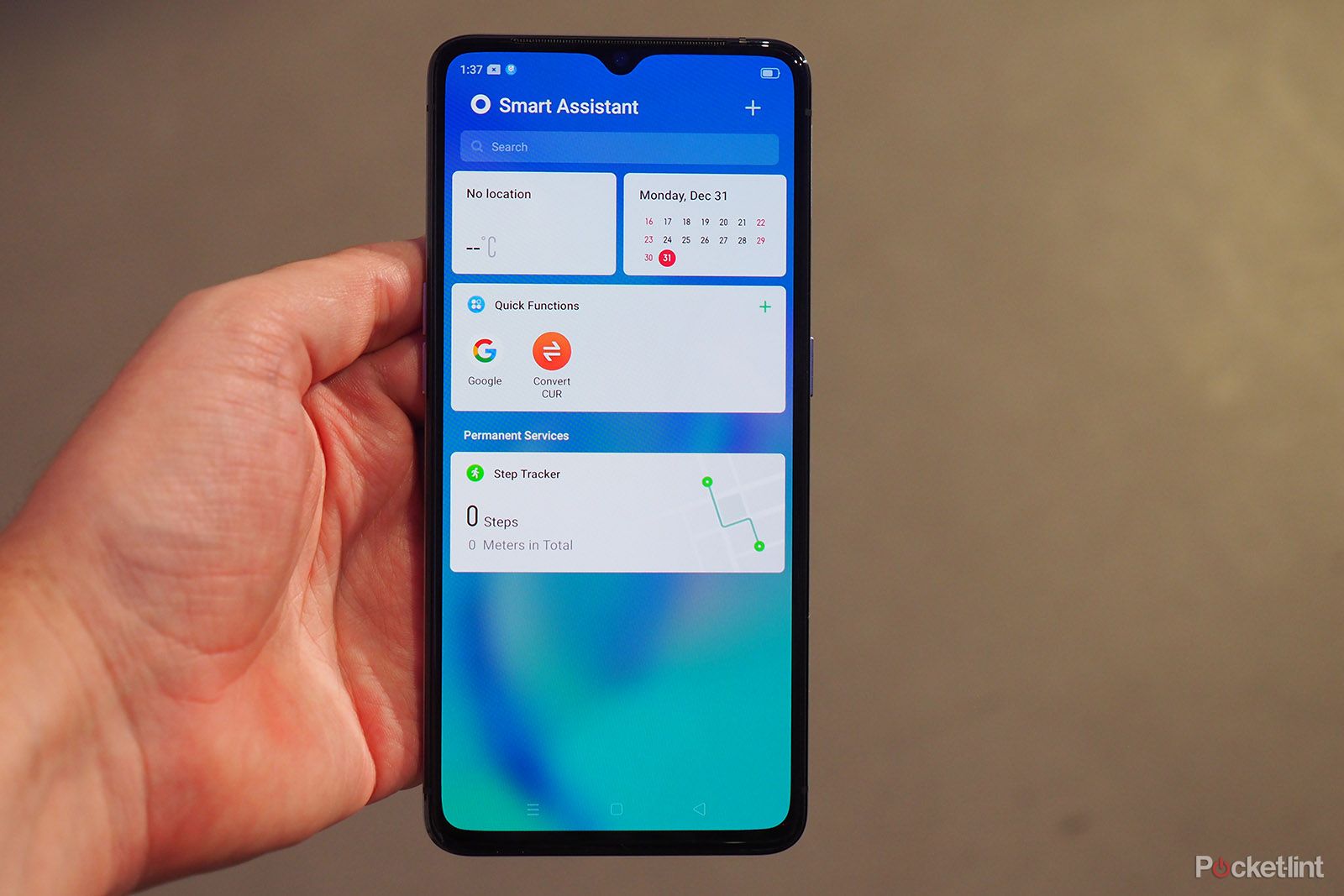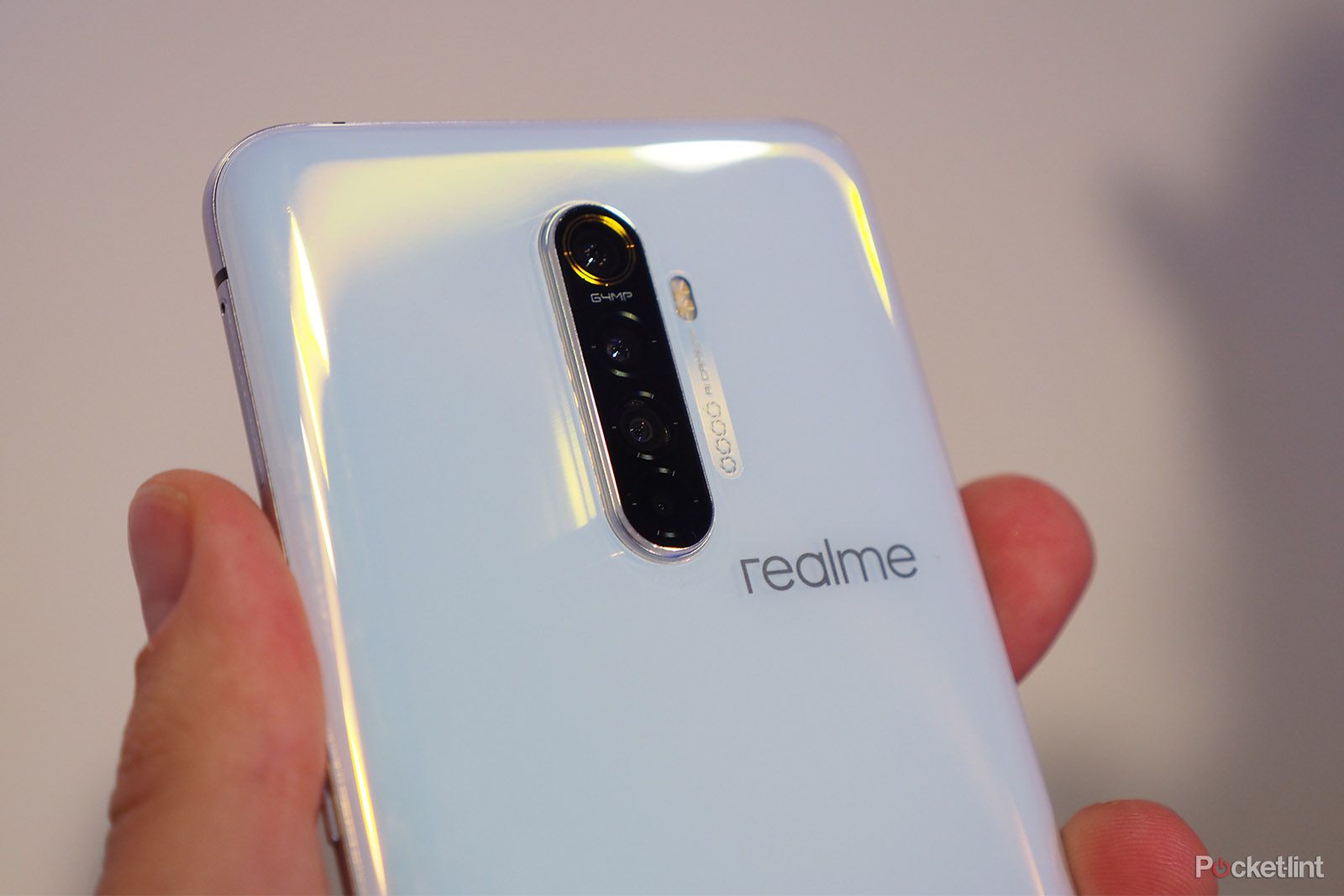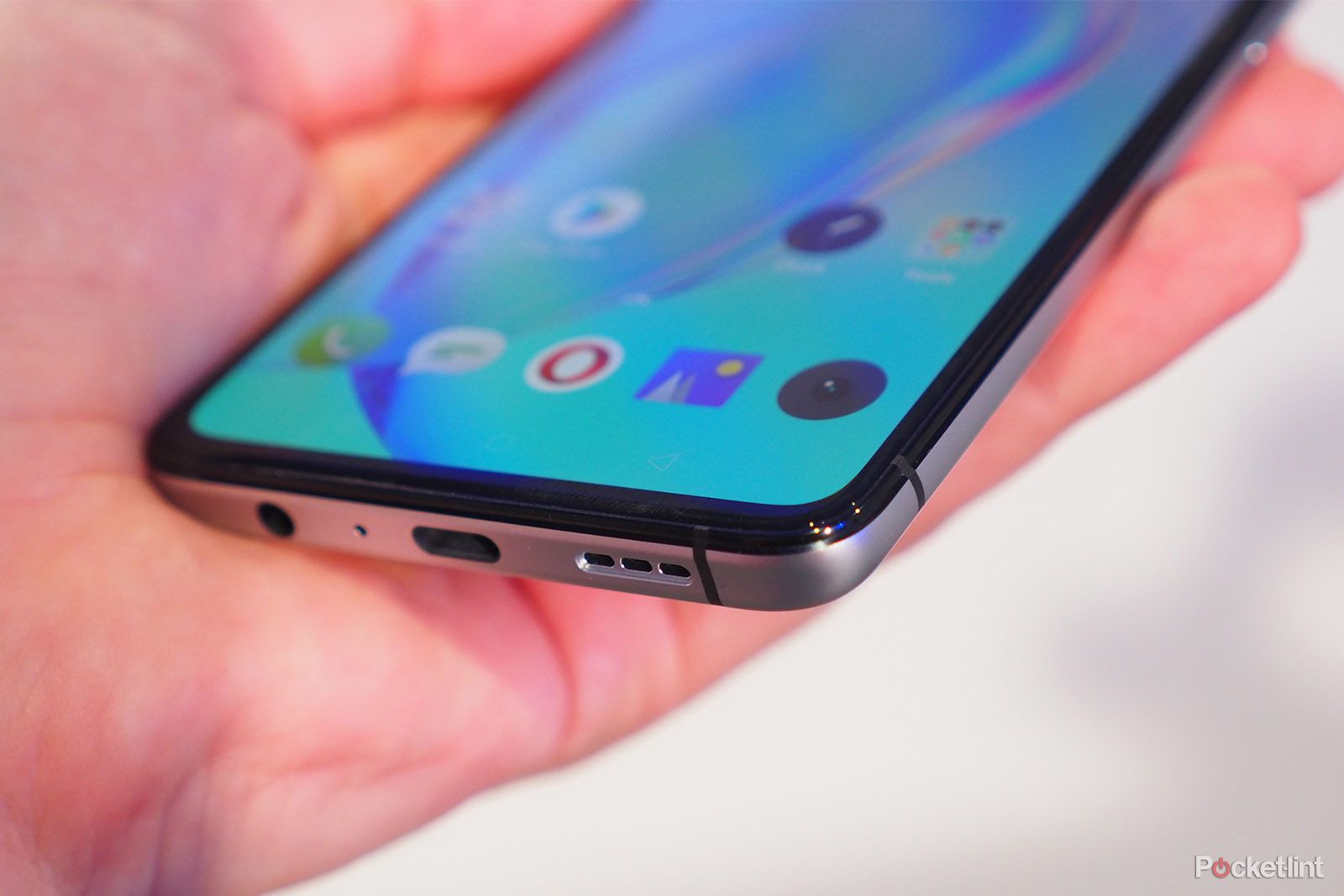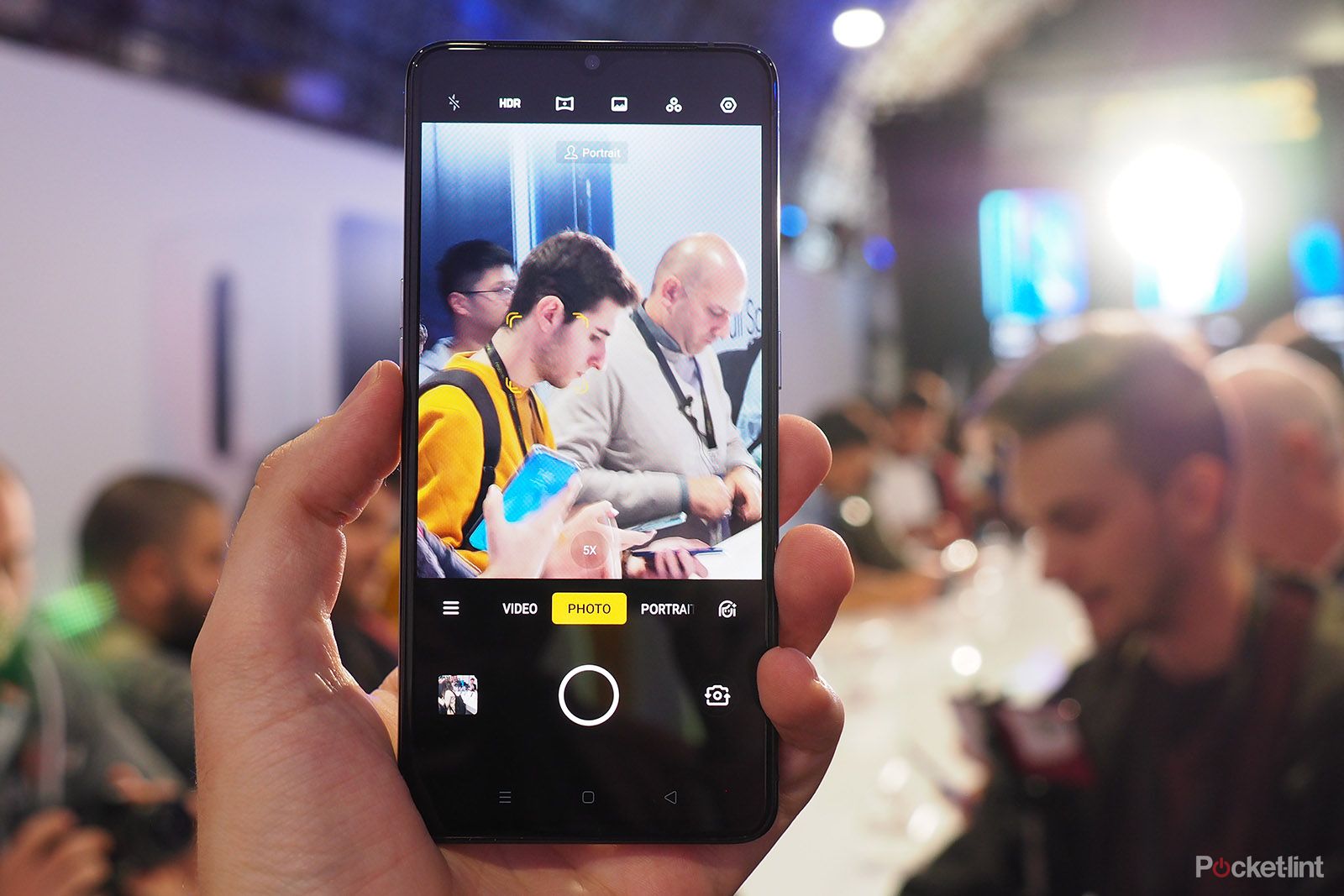Phone processor speeds are up, costs are down, yet we live in a paradoxical world where such devices are at their most expensive - some over £1,000. Unless you take a look at the latest Realme flagship, the X2 Pro, which for the slender sum of €399 (£349 by conversion at the time of writing) delivers a top-end Qualcomm processor, stacks of RAM, an in-screen fingerprint scanner, and quad camera setup that includes a 64MP main sensor.
Is this the OnePlus revolution happening all over again? In a way that makes sense: OnePlus has driven itself from the budget market towards the affordable flagship, steadily raising its prices. Realme is part of Oppo - which is under the same ownership umbrella as OnePlus and other brands too - so will certainly have some ideas of where and how to conduct its business.
But does a €399/£349 phone with such high-end specs have all sorts of compromises? We got to check out the Realme X2 Pro at the company's European launch event in Madrid, Spain, to see how it stacks up.
Our quick take
Consider what the Realme X2 Pro offers for its €399/£349 opening asking price and it's really an astonishing device. It's super powerful, it's super affordable, and it genuinely doesn't bring too many compromises at this price point.
There are some though, namely the lack of optical stabilisation for the camera unit, the questionable nature of the brand name, no Google/Apple/Huawei-matching Night Mode, no 5G presence (we know, that's asking too much), and no notch-free screen design - meaning there aren't the bevy of sensors available for more secure sign-ins.
What the Realme X2 Pro does offer though, it does so with gusto. The design is every bit the all-glass flagship. The processor power and RAM pairing should make this device glide through any task. The ColorOS software is, to some degree, tried and tested through Oppo and therefore accessible and usable for a wide audience. The fingerprint scanner doesn't cut corners like, say, the one on the Moto One Zoom. And to have a quad camera setup at this price, which includes a 64MP main, is pretty staggering.
In the UK we'll have to wait a little while before Realme is totally ready to launch. But having arrived in Spain to show off its goods on 15 October, and with an on-sale date due in the coming weeks, it's safe to say that Realme means business. It's not quite the OnePlus success story on day one yet, but if it takes some learnings from that company's journey than we could be in for some special treats.
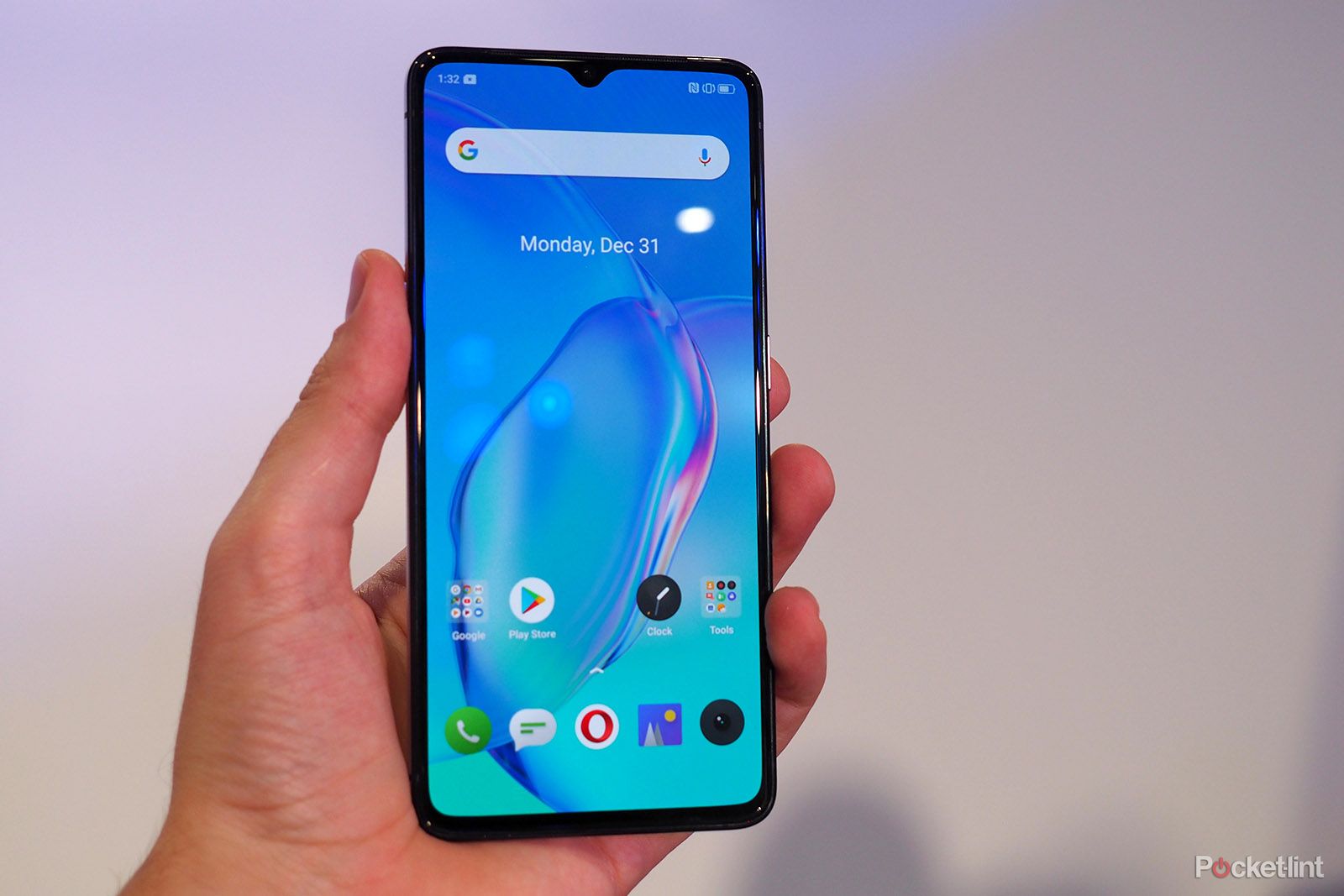
Realme X2 Pro initial
| FOR | AGAINST |
|---|---|
|
|
Design & Screen
- Screen: 6.5-inch (2400 × 1080 resolution) Super AMOLED, 90Hz refresh
- Dimensions: 161 × 75.7 × 8.7mm / Weight: 199g
- All Gorilla Glass 5 coating, curved corners
- Finishes: Lunar White and Neptune Blue
The first thing is the build quality does stack up. There's no flimsy plastics to be seen here: the X2 Pro comes entirely coated in Gorilla Glass 5, the 2.5D front giving the impression of lifting the screen, the corner-curved glass to the rear encasing the either white or blue finish. We tinkered with the Lunar White model, which has a semi-pearlescent appearance, although even with this subtle colouring fingerprinting is fairly visible.
In terms of size the Realme X2 Pro is almost exactly the same as the OnePlus 7T Pro. The latter device has been criticised for feeling a bit too thick, but we think the Realme's thickness - which is somewhat negated by those curved edges - is a standard expectation in phones these days. Besides, at 8.7mm the X2 Pro isn't too wide, while its 20:9 aspect ratio screen ensures it doesn't feel iPhone 8 Plus-like in terms of width.
That screen is sourced direct from Samsung, a preview of what the Korean maker will no doubt be using itself in future devices. Not only does this mean Super AMOLED - which means individual pixel illumination for perfect blacks and bright whites - in this instance it also comes with a 90Hz refresh rate. This is a 50 per cent bump over a typical 60Hz panel, which means animations are smoother and the user interface visually more fluid.
How essential 90Hz actually is, however, is up for debate. You won't always see the benefit, as user interfaces typically have adaptive frame-rate adjustment anyway, but the theory is that certain apps and games will be able to plug into this faster refresh and that'll translate to a smoother visual experience.
PUBG: Mobile, for example, can run at up to 120fps natively, meaning it takes benefit here, which should be great for some pin-sharp smooth aiming (caveat: we didn't play this on the X2 Pro so cannot confirm). So if you're getting the potential benefits of a 90Hz panel without having to pay through the nose for it, there's only positives to be had.
The screen also comes with a dewdrop notch, where the front-facing camera hides, so no fancy pop-up camera skills like the Xiaomi Mi 9T Pro or such like here. The X2 Pro's overall bezel is trim, though, making for a 91.7 per cent screen-to-body ratio.
Keeping the notch small makes for a more seamless screen appearance, although it also means there's an absence of other sensors for more advanced facial identification login and so forth - the kind of features you're more likely to find in current flagships, such as the Google Pixel 4.
Performance
- Qualcomm Snapdragon 855 Plus processor, up to 12GB RAM
-
V2 liquid cooling system
- Carbon fiber, multi-layer graphite sheet conduction
-
4,000mAh battery capacity
- 50W Super VOOC fast-charging
- Google Android Pie 9.0 with ColorOS 6.1
The real draw of the X2 Pro is just how powerful it is. As a baseline specification it comes with the Qualcomm Snapdragon 855 Plus processor. That's the company's most powerful offering at the time of writing, so being able to obtain that for such a low sum is, well, pretty ridiculous. That processor is a whisker speedier than the standard 855, as found in the aforementioned Xiaomi Mi 9T Pro.
Having only dabbled with the X2 Pro for half an hour, we've not been able to delve into how this processor functions in typical high-load scenarios, such as gaming for long periods of time. But Realme seems well prepared for such eventualities: the X2 Pro comes with a liquid cooling system to help keep the temperature down, including a chamber built of carbon fibre and multi-layered graphite to adsorb and dissipate the heat.
The €399/£349 model comes with 6GB RAM as standard and 64GB internal storage. There are two other variants: an 8GB/128GB and 12GB/256GB, priced €449/£399 and €499/£439 respectively. Again, that's pretty insane - such in-device storage just a few years back would have cost a fortune, while 12GB RAM is colossal. So kudos to Realme for showing it doesn't need to cost the earth.
If all that power causes the battery to deplete quicker than you'd like then the inclusion of super-fast charging will certainly come in hand. The X2 Pro uses 50W Super VOOC - the same technology that Oppo first pioneered - which could charge the 4,000mAh battery from dead to full in just over 30 minutes. That's crazy-fast - and it's even possible to top-up the phone during a gaming session (just not as fast, of course).
Another Oppo feature to trickle down into the Realme is the software setup: ColorOS 6.1. That's the same as you'll find in current up-to-date Oppo devices such as the Reno 10X Zoom. As we said in that very review: "In previous years we've criticised Oppo's software for being far too much like Apple's iOS - which just feels odd for an Android-based phone. With the company now moving into western markets, however, that approach is quickly shifting for the better with each new version of its Android-based ColorOS system."
That means an experience that's not a million miles away from a standard Android setup, including the option to display apps across screens or to use an app drawer to store all your favourites. There's also the Smart Assistant screen a swipe to the left of the home screen, which collates useful info into widgets. You can have shortcuts to apps, your favourite contacts, weather, a calendar overview, among others.
With Huawei now unable to deliver Google Play on its latest, the Mate 30 Pro, and other eastern companies' interfaces leaning more towards a standard Android form of use, the Realme feels accessible and uncomplicated for the most part. Which is important for a company that wants to take a slice of the European market.
Cameras
-
Quad camera setup:
- Main: 64-megapixel (0.8µm pixel size), f/1.8
- Ultra-wide: 8-megapixel (1.4µm pixel size), f/2.2
- Zoom: 2x optical, 13-megapixel, (1µm pixel size), f/2.5
- 'Portrait' depth sensor: 2-megapixel (1.75µm pixel size), f/2.4
- Front-facing: 16-megapixel (0.8µm pixel size), f/2.0
A significant part of the X2 Pro's makeup is its quad camera arrangement. While that's not unheard of by any means these days, at this price point it's a fair achievement (the Moto One Zoom offers quad cameras for £379, but not to the same degree as this Realme setup).
The big sell of those four is the main 64-megapixel unit. Like the screen, this sensor is sourced from Samsung. Indeed it's the GW1 sensor, which at 1/1.72in in size is larger than your average, meaning each 'pixel' on that sensor isn't significantly smaller than a lower-resolution and smaller-sensor equivalent.
This isn't our first experience with that sensor though. The Vivo NEX 3 also has that very same sensor at its heart, which perhaps explains how Realme has been able to obtain the stock en masse and push it into an affordable-yet-high-spec device such as the X2 Pro.
Does having such a high-resolution sensor matter? Well, it means you can take pictures that are huge. As in metres wide if you printed them at full resolution. Which isn't really how anyone uses a smartphone. But where the X2 Pro takes benefit is in its hybrid zoom capability, using that additional resolution data to provide an output when also paired with the 2x optical zoom sensor for better zoomed results.
We played with the camera in the touch-and-try room where the X2 Pro was shown off. It made us identify some points of note though: one, there's no optical stabilisation for this camera, which isn't a great solution for such high-resolution; two, the 64MP unit doesn't function as a four-in-one, as far as we could see, so there's not the option to shoot 16MP shots with multiple pixels providing the data for one sharper and less noisy image; three, where's the Night Mode, which is what everyone's asking for of late?
Beyond the main sensor, the X2 Pro has a Portrait or depth sensor, an ultra-wide camera, and the as-mentioned 2x optical zoom. It's a little less complex in versatility than, say, the Huawei P30 Pro of the Oppo Reno 10X Zoom, but seems quick and capable enough. The real test, of course, will come when we get to use this phone as our own personal unit for a number of days and weeks to get a more accurate assessment of its overall capabilities.
To recap
Consider what's on offer for its €399/£349 asking price - Qualcomm SD855 Plus, in-screen fingerprint, quad cameras including 64MP main unit, all-glass coating design, 6.5-inch Super AMOLED screen - and the first true flagship from Realme is quite astonishing. It'll have some small issues to address - no optical stabilisation or night mode in cameras, plus the confidence with software, and perhaps a resistance to the obscure brand name - but otherwise we're looking at an incoming new generation of the affordable flagship.

